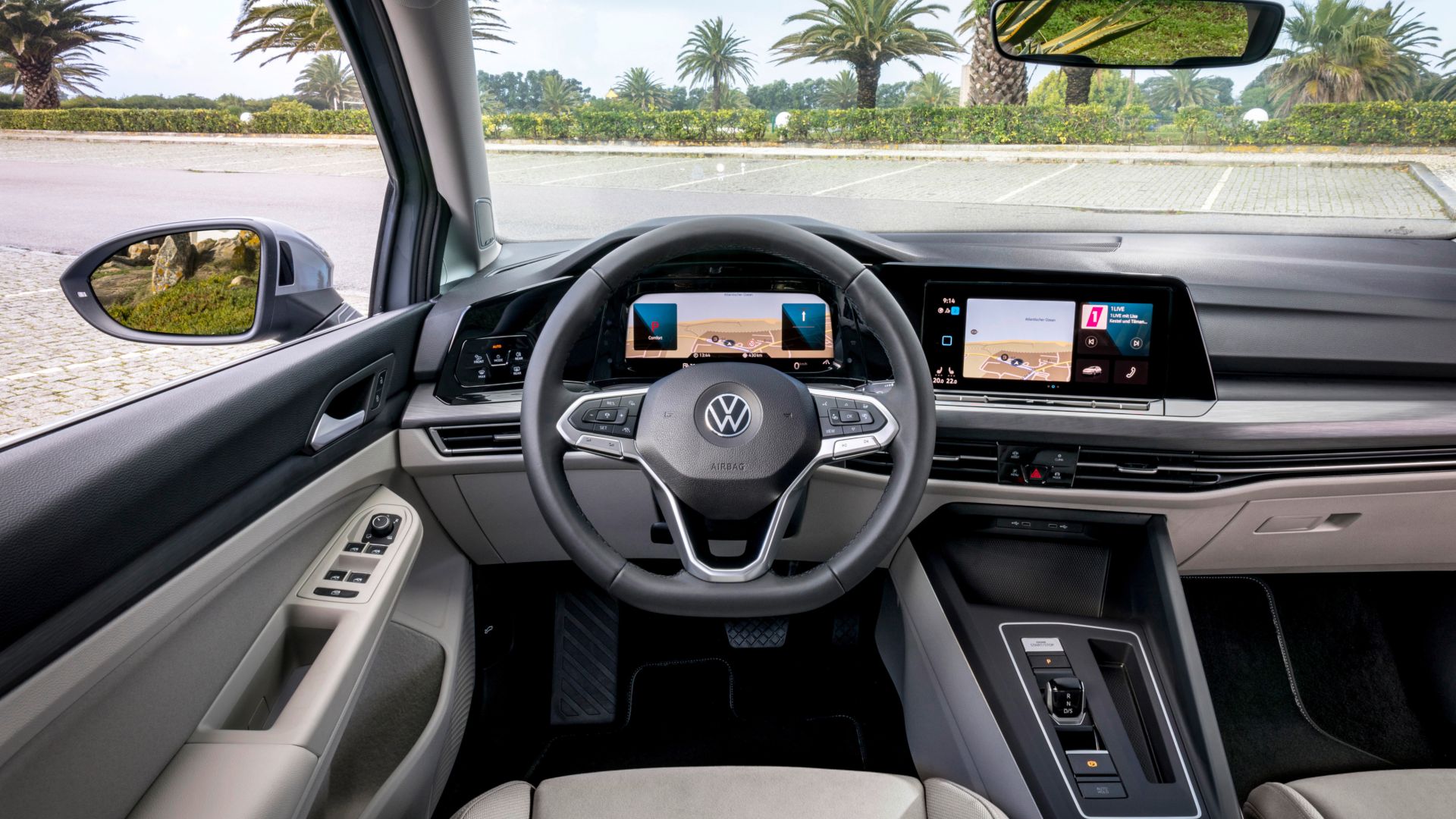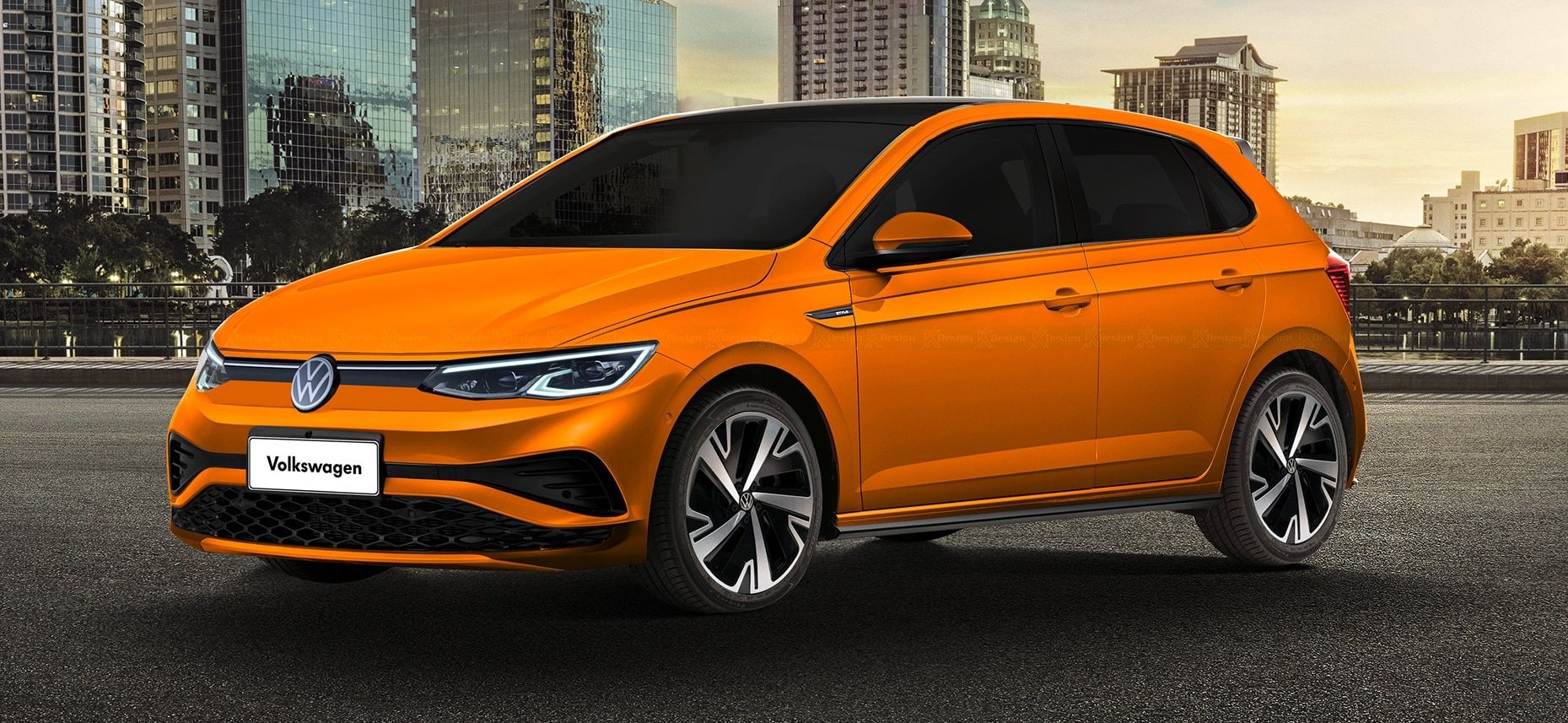
1981 USA models had a standard 1.7 (1,715 cc), all featuring a single-overhead camshaft and two valves per cylinder.Ī heavily redesigned "Type 2" variant (internally designated Typ 53B) went on sale in 1981, although it remained on the A1 platform. Buyers demanded otherwise and for 1979 the 1.6 (1588 cc) was reinstated, now with power up somewhat to 78 hp (58 kW).

Power dropped accordingly, down to 71 hp (53 kW) but with some fuel economy improvements. For 1978 Volkswagen reverted to a short-stroke 1.5 (now of 1457 cc), stating that this made meeting emissions requirements easier. The engine option was mostly limited to one, although it changed frequently over the years.
POLO INTERNI MANUAL
The 1975-1978 model year USA vehicles had four-speed manual transmissions for the 1979-1980 model years, USA vehicles were offered a five-speed manual transmissions as an option. The engines offered to Japanese buyers were the smaller displacement versions to reduce the annual Japanese road tax obligation. Sales of the Scirocco continued for this entire generation to Japanese buyers, and it was in compliance with Japanese Government dimension regulations which helped sales. The GTE was available with either the 4-speed manual transmission or the 3-speed automatic, while the LS offered the automatic only. In 1977, the GTE and LS were offered with the 1.5L engine and the fuel injection technology from Bosch. The Scirocco was sold in Japan at Yanase dealerships that specialize in North American and European vehicles with right hand drive starting in 1976, initially offering the TS trim package with the 1.4L engine and a 4-speed manual transmission. Not forgetting the addition of the "Storm" models, available in two colours with a run of 250 cars in each colour. They did not slide back but could be removed and stored in a special fabric folder and placed in the trunk hatch. Unlike the sunroofs on the second-generation Sciroccos introduced in 1982, these earlier versions only tilted open. Steel sunroofs were an available option on both the "S" non-"S" vehicles. This was followed by the 1981 "S" versions which only came in Cosmos Silver Metallic, Cirrus Gray Metallic and Mars Red without the colour accents. This "S" model differed from the base model by having blacked out chrome trim, day glow additions to the exterior trim, Recaro designed sports seats, white letter tires, sport strips and a standard five-speed transmission. On the NA models the 1980 "S" versions came in only three colours, Alpine White, Black and Mars Red with unique colour accents. The Champagne Edition II only came in white with black accents and a Zender front spoiler. Most distinguishable by paint schemes and trim, there were special versions called "Sidewinder", "Sidewinder II", "Champagne Edition", "Champagne Edition II" and the "S". There were also special variants throughout the Type 1 production. The car changed little before being replaced by the second generation in March 1981 (Europe).

In 1979, the one-piece "flag" style outside mirrors transitioned to a two-piece shrouded mirror. Other mid-life changes include the move from chrome bumpers with rubberised end caps to a plastic-coated one-piece wrap around bumper. At the same time, behind the doors the B-pillar colour changed from body colour to black, which was thought to give the car a more pleasing profile. In August 1977 (for model year 1978) the separate front side marker and turn signal, changed to a combination wrap-around orange lens. The possibility to retrofit the installation, together with a larger battery, was offered to existing owners. However, air conditioning became available as an option on the domestic market in August 1975.

POLO INTERNI DRIVER
On cars produced after the summer break in August 1975 (for the 1976 model year), the conventional two wiper system changed to a single wiper which parks on the passenger side of the windscreen, while the driver also benefited from improved, lighter, steering linkage. ĭuring the production of the "Type 53", there were subtle changes to the body and trim. The Scirocco debuted at the 1973 Geneva Motor Show. Although the platform of the Golf was used to underpin the new Scirocco, almost every part of the car was re-engineered in favour of a new styling (penned by Giorgetto Giugiaro) which was sleeker and sportier than that of the Golf. Volkswagen began work on the car during the early 1970s as the replacement for the aging Karmann Ghia coupe, and designated it the Typ 53 internally.


 0 kommentar(er)
0 kommentar(er)
